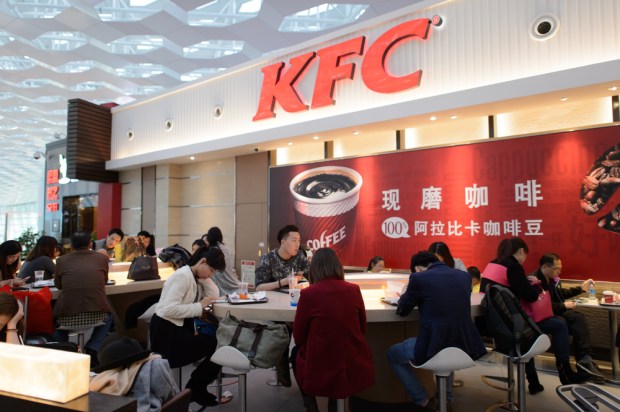KFC Supply Chain Woes Fowl Up Business

Kentucky Fried Chicken (KFC) was serving Kentucky Fried Nothing in the U.K. last week, when distribution issues with a new supplier prevented chicken supplies from reaching stores, forcing the fast food chain to temporarily shutter roughly 750 of its 900 locations.
Customers were so upset that multiple police departments had to ask the public to please stop calling about the KFC “crisis,” as it wasn’t a police matter if a fast food eatery wasn’t serving the food they craved. Now, the birds are back to roost, and 97 percent of stores have reopened — but several are out of gravy.
Combined, the 750 stores that were closed generate average daily sales of USD $2.1 million, around 3.5 percent of the brand’s global total, noted The Financial Post. KFC has not yet offered comment on the overall financial impact of the closures, or of its ongoing challenges.
The shortages stem from ongoing distribution issues with KFC’s new partner, Deutsche Post’s DHL, which is known for delivering books and toys from eCommerce merchants to customers’ homes.
KFC, in an effort to trim costs, reportedly picked DHL as a distributor due to its expertise, but it seems that eCommerce distribution experience does not translate into the food industry.
KFC’s supplier contract shifted over from food delivery specialists Bidvest Logistics on Feb. 14. At that time, the supply system went from a six-warehouse operation to running out of a single distribution center in Rugby — a move with at least the appearance of prudent streamlining.
The problem was that the franchisees running most of KFC’s U.K. stores were used to just-in-time ordering; replacement supplies and ingredients could be supplied within about 24 hours. They expected the same from their new distributor. Obviously, that didn’t happen.
It appears DHL and its software partner Quick Service Logistics did not properly match up data from that ordering process to the restaurant’s new system. The error is costing KFC not only millions of dollars, but significant damages to its brand.
When it was just the chicken, KFC tried to be funny about it, running a newspaper ad that featured a KFC chicken bucket with the letters rearranged to spell “FCK.” The text apologized for the situation, fully owning that “A chicken restaurant without any chicken” is pretty sad.
PR experts ate it up, claiming the incident had been handled well. But now that the gravy supply has seemingly also run dry, there’s a question whether these issues will become systemic. It’s now coming to light that KFC should have seen this coming.
Indeed, KFC’s gravy train is not the first to jump the DHL tracks. The GMB union warned KFC in October that Burger King had suffered business disruptions after making the same switch to DHL for distribution.
“We warned them a few months ago,” Mick Rix, the GMB’s national officer, told The Guardian. “I wrote to KFC. I alluded to Burger King trying to cut costs and ending up with poorer quality service and poorer distribution. They had shortages too, but not on the scale we’re seeing now at KFC. Within six months, they [Burger King] were pleading with Bidvest Logistics to take it back.”
Rix reportedly encouraged KFC to go back to Bidvest to resolve the issue, stating that DHL will not be able to provide the services it promised to KFC. Issues with the singular warehouse could take months to sort out, Rix told The Guardian, whereas Bidvest could likely get the QSR back on track within a couple of weeks, even though it would mean rehiring staff that were cut after the KFC contract was lost.
Still, even weeks may be too long. Some experts are saying KFC can’t afford to let this continue for more than a few days.
Unfortunately, more than a week into the crisis, it appears that gravy boat has sailed.
